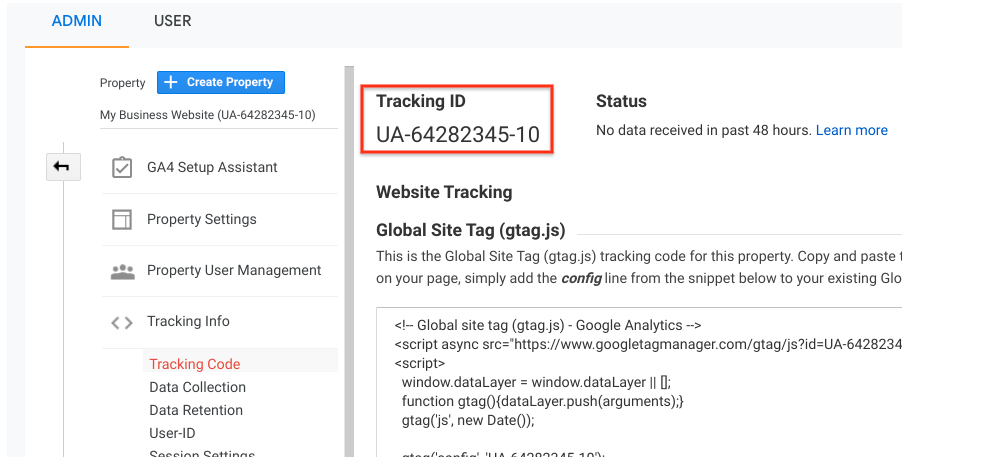Understanding the Art of Conquering Data Collection Limitations in Google Analytics for Better Decision-Making
In the world of digital analytics, the capability to remove purposeful insights from information is critical for informed decision-making. By utilizing advanced methods and strategic strategies, organizations can raise their data high quality, unlock hidden insights, and lead the means for more informed and efficient decisions.
Data Top Quality Evaluation
Evaluating the quality of information within Google Analytics is a critical action in making certain the reliability and accuracy of insights originated from the collected details. Data quality evaluation involves evaluating numerous aspects such as accuracy, completeness, consistency, and timeliness of the information. One key aspect to take into consideration is data precision, which describes just how well the information mirrors the real worths of the metrics being measured. Inaccurate information can lead to defective conclusions and illinformed organization choices.
Completeness of data is an additional critical element in analyzing data top quality. Uniformity checks are likewise crucial in information high quality evaluation to determine any kind of inconsistencies or anomalies within the data collection. By focusing on data high quality assessment in Google Analytics, services can enhance the integrity of their analytics reports and make even more enlightened choices based on precise understandings.
Advanced Monitoring Techniques
Making use of sophisticated monitoring strategies in Google Analytics can substantially boost the deepness and granularity of data collected for even more thorough evaluation and understandings. One such technique is occasion monitoring, which permits the monitoring of particular communications on a website, like click switches, downloads of data, or video clip sights. By implementing event tracking, services can get a deeper understanding of individual actions and engagement with their online content.
Furthermore, personalized dimensions and metrics supply a method to customize Google Analytics to specific organization requirements. Personalized dimensions enable for the production of brand-new information factors, such as individual functions or customer sectors, while custom-made metrics make it possible for the tracking of one-of-a-kind efficiency indicators, like profits per individual or average order value.
Moreover, the use of Google Tag Manager can enhance the implementation of tracking codes and tags throughout a site, making it simpler to take care of and deploy advanced monitoring setups. By using these sophisticated tracking techniques, businesses can unlock useful understandings and optimize their online techniques for better decision-making.
Customized Measurement Execution
To improve the depth of information collected in Google Analytics past innovative monitoring methods like occasion tracking, organizations can apply custom-made measurements for even more tailored insights. Personalized dimensions allow businesses to define and accumulate specific information factors that relate to their distinct goals and goals (What Data Does Google Analytics Prohibit Collecting?). By assigning custom measurements to various elements on a website, such as individual interactions, demographics, or session details, services can get a more granular understanding of exactly how users involve with their online residential or commercial properties

Attribution Modeling Strategies
By employing the right acknowledgment model, businesses can properly associate conversions to the ideal touchpoints along the consumer trip. One usual attribution design is the Last Interaction model, which offers credit rating for site a conversion to the last touchpoint an individual connected with before converting.

Data Testing Evasion
When dealing with big volumes of information in Google Analytics, getting rid of information tasting is important to guarantee exact understandings are derived for educated decision-making. Data tasting occurs when Google Analytics approximates patterns in data as opposed to examining the complete dataset, potentially resulting in skewed outcomes. To prevent information tasting, one efficient method is to lower the date array being analyzed. By concentrating on shorter timespan, the possibility of running into sampled data reductions, supplying an extra specific representation of individual behavior. Additionally, using Google Analytics 360, the costs variation of the platform, can assist reduce sampling as it enables greater data thresholds before tasting starts. Applying filters to tighten down the data being examined can also help in avoiding sampling problems. By taking these positive actions to lessen data tasting, businesses can extract extra precise insights from Google Analytics, resulting in much better decision-making and boosted general performance.
Final Thought
In conclusion, understanding the art of conquering data collection restrictions in Google Analytics is critical for making notified decisions. By carrying out a comprehensive data Website quality assessment, carrying out sophisticated tracking strategies, using customized measurements, utilizing attribution modeling approaches, and avoiding information tasting, services can make sure that they page have exact and reputable information to base their decisions on. This will inevitably cause more effective methods and far better end results for the company.
